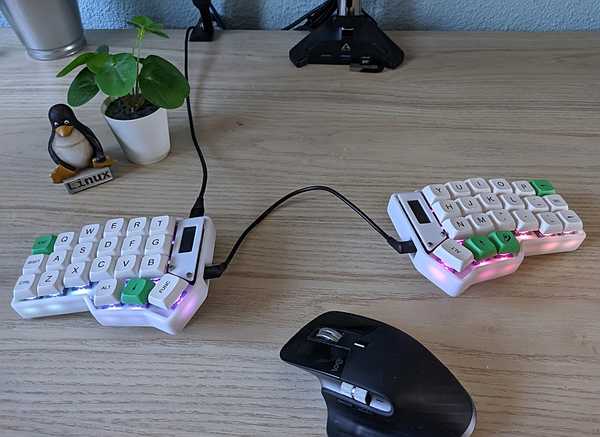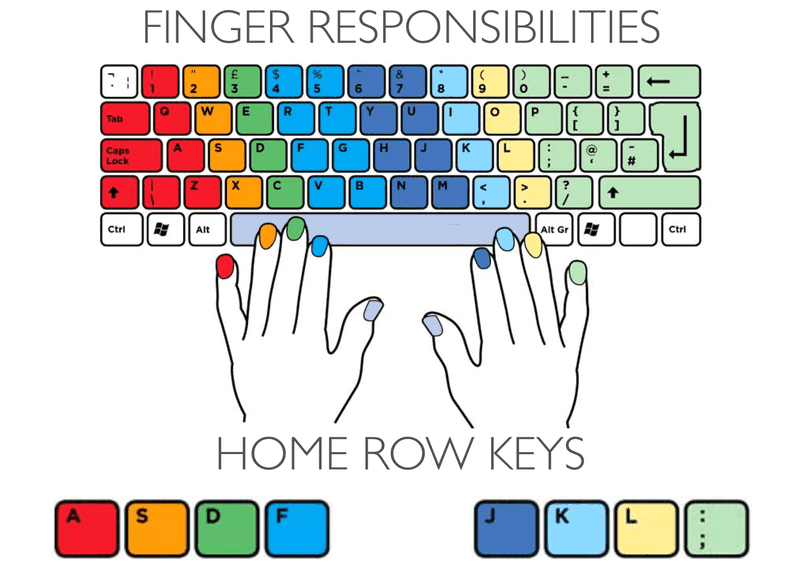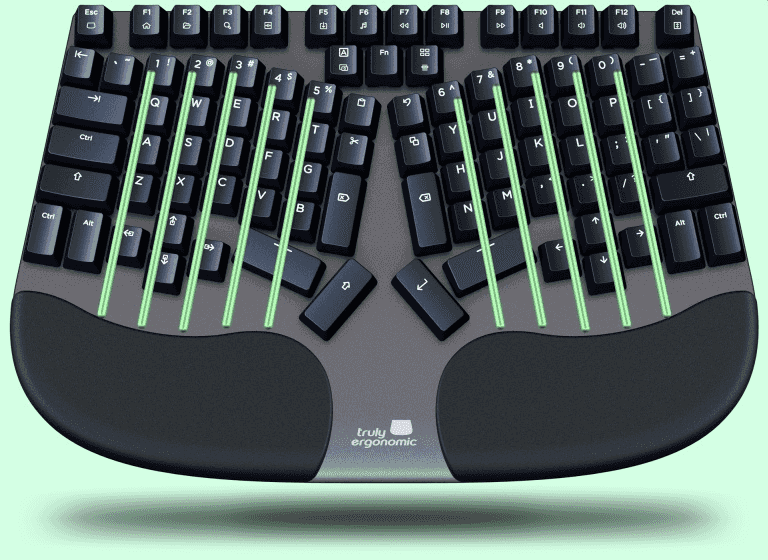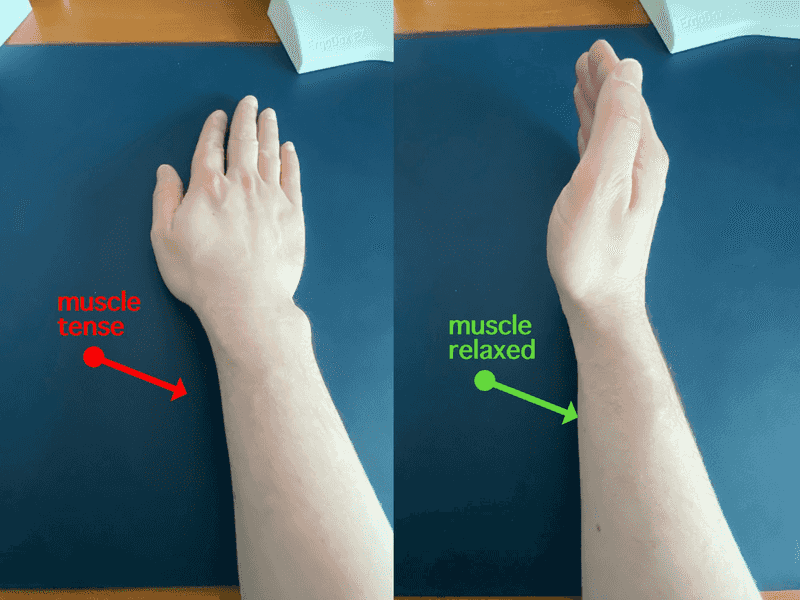
I've been using my Corne Keyboard on my daily basis for four months now, and during that time I've been asked this question quite a few times. Now it's the moment to give you a comprehensive explanation that I'm sure will help you on getting your doubts straight.
Do it yourself
Topest reason on setting off this journey is, of course, having an almost unique keyboard, far from any commercial solution, understanding the basics of its electronics, learning to customize its behaviour with no limits, and thus, taking the keyboard concept to a new level.
Staggered layout
Have you heard about the origin of traditional horizontal staggered keyboard? Maybe even you've never realized the keyboard usually have a displacement between their rows. Look at the image below:

The point of this staggering goes back to the typewriter, where the key arms could get stuck if multiple keys were pressed at the same time. With staggered rows of keys that happened less often.
However, as you can tell, the computer keyboard has no arms any more, and this design is kept only because users are used to it, even there's no advantage on that.
Now take a look at the vertical staggered layout:

This is, actually, a much more ergonomic arrangement, having in mind the shape of human hands.
Splitness
Now take into consideration your shoulders, a common source of pain and tiredness for office workers. Having your arms in a narrower width than shoulder's wide separation, during long periods of time, ends up putting kind of stress into these joints.
Now imagine you can extend your keyboard in order to have your arms in a more neutral position... Split it and you have it!
Additionally I feel useful having two separated parts when you are touch typing, this way you are less prone to errors where you press edge keys with the opposite hand.
Go for it all: tilted
We,ve just mentioned the shoulder joint, now let's focus on your wrists: totally flat keyboards force you to bend them on non-physiological manner.
Again, if you keep this position during a moment that won't be a problem, but do extend it to eight hours every day... there you have it: carpal tunnel syndrome.
Image from https://www.notonlycode.org/
Minimalism: only 40 keys
Main issue when using keyboards are typos and slow speeds. Therefore, learning touch typing technique is a good idea.
When touch typing you don't look at the keyboard and each finger of yours is intended to press only three keys at most. That is, your fingers are travelling shorter paths.
As you don't see the position of your fingers you need a home position as an initial reference (the little marks over F and J letters). And the idea of having a reduced number of keys is that you will be faster on finding those home keys because there are less amount of them.
QMK
Although using QMK firmware is a direct consequence of DIY, it deserves being mentioned. This feature changes the game rules!
Keyboards have a little "brain", the microcontroller which usually is only used as a mere usb inteface, but actually they are capable of executing any logic you want to.
Some examples of useful ideas are:
- define any layout: qwerty is the regular one, but devorak or colemak, just to mention, are also possible.
- create different layers intended to different software, and make the most of key shortcuts. Photoshop or Premiere are examples of massive and complex workflows where extensive key combination use is extremely beneficial.
- combine macros and software like AHK for having dedicated keys: maybe you want a dedicated key just to open translator, or if you are a developer, to type a specific snippet.
- use tap dance and save keys for those less frequent symbols: for example ñ in Spanish
Conclusion
To sum up, my most sincere opinion is that these type of devices aren't for everyone, because they need both money and time to been built and to get used to them. However if you spend a lot of hours in front of computers and feel like to experiencing and learning something completely different, this is right for you.
NOTE: Of course you'll be the weird keyboard guy at the office... but it don't give you any super power hahaha 🤣.